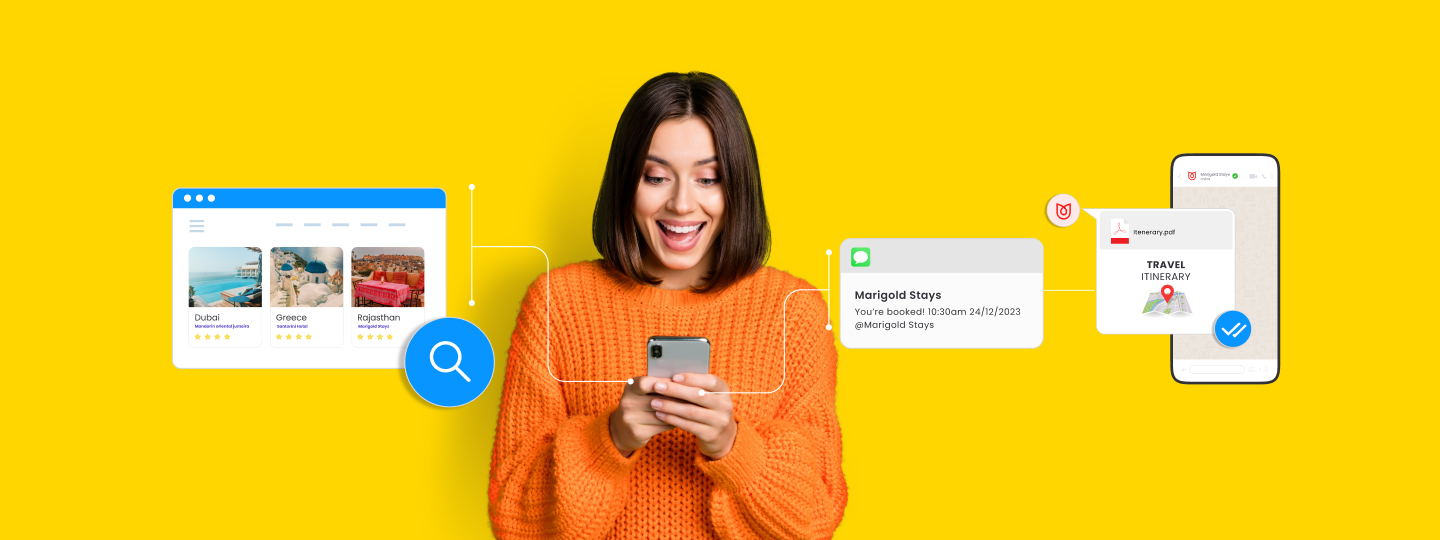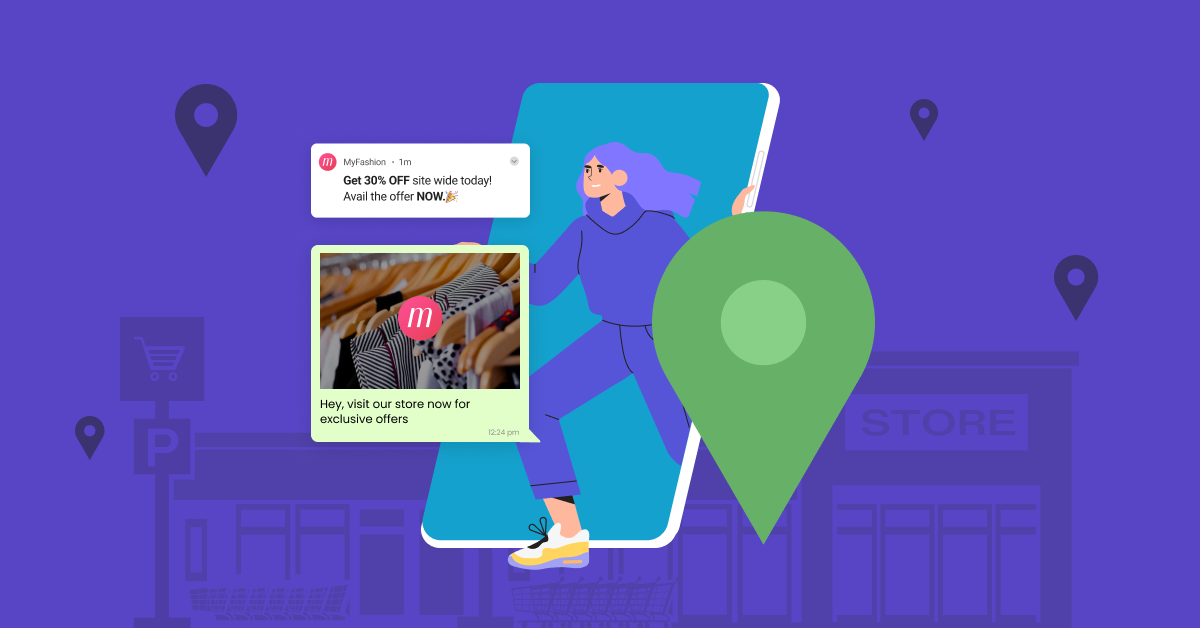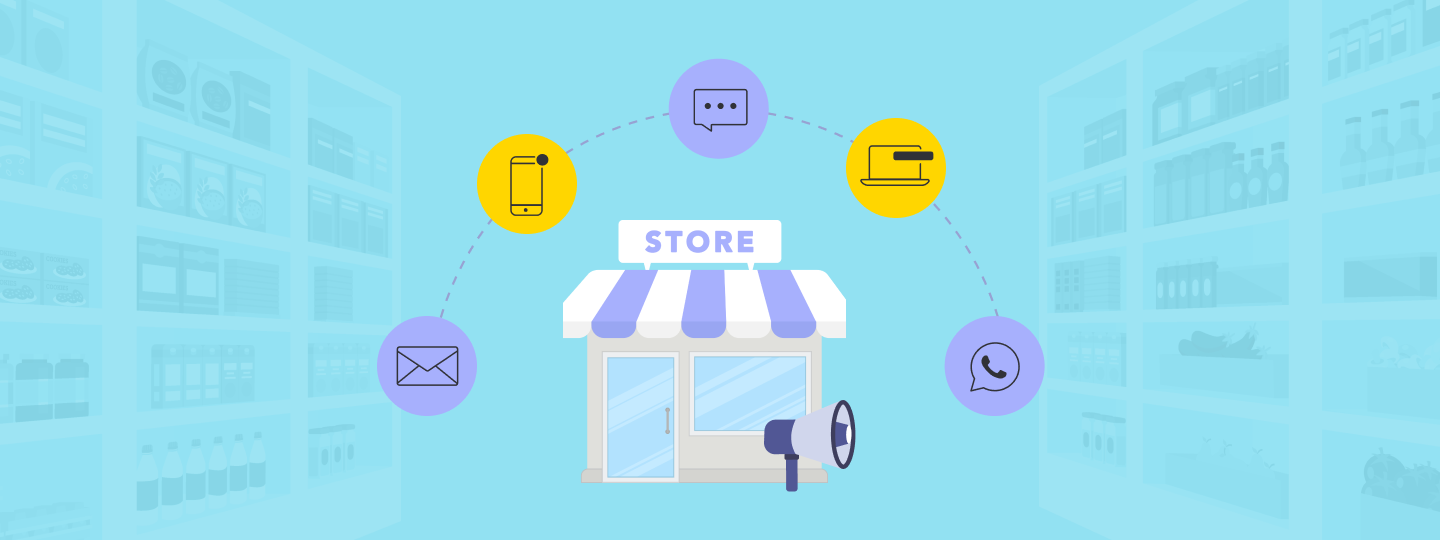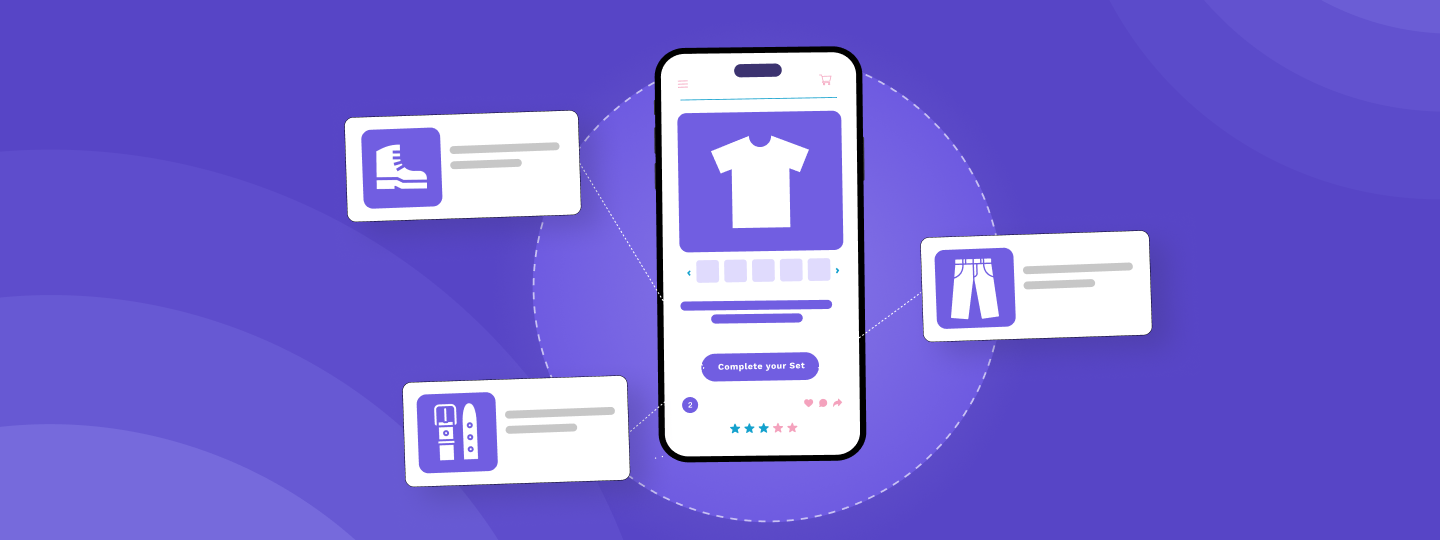If you’re a travel and hospitality company leveraging only one or two channels for your brand and marketing, you’re leaving money on the table.
How?
Today, travelers no longer limit their research to a single channel. They’re present everywhere and gather information about you from multiple sources before making their decision to book a trip.
So, as a brand, it’s high time to embrace an omnichannel marketing strategy where customers can interact with the brand through their preferred channels – while experiencing the brand in the same manner.
Omnichannel marketing encourages brands to engage with customers across multiple channels – online and offline. It involves the seamless integration of branding and messaging across all touchpoints as consumers move down the sales funnel, enabling a more impactful customer experience.
How to create an omnichannel marketing strategy for travel and hospitality companies
While there are different ways to create an omnichannel marketing strategy, we recommend these seven steps to build a robust one.
1. Identify Key Channels
Travel and hospitality is a huge industry that caters to a large customer base of different demographics.
While some may gather information from social media like YouTube or Instagram, a different segment of customers might still be relying on email notifications or your website. So before developing a strategy, identify the key channels bringing you the maximum traffic and revenue.
Say you are a travel portal that helps travelers to find curated travel experiences. So your customers will consume your promotional message across multiple channels in a similar way before they are nudged towards making a purchase decision.
This can look something like: users coming across your social media content to know about your offering, feeling interested and reading what other travelers are saying on review sites, and probably looking onto your website for attractive deals before purchasing from you on WhatsApp marketing.

While using tools like Google Analytics can help you identify your top-performing channels, using funnel analytics can help you see the stages at which your target audience uses these channels to engage with you. We also recommend taking into account offline channels that impact how your audience perceives what you have to offer.
Once you have all this data, you’re ready to shortlist the channels you want to focus on.
2. Prioritize the Channels
Some travelers may prefer a channel and a device more than the rest. For example, some may prefer Instagram and smartphones over emails and desktops. So, identify where your prospects are spending time and prioritize your channels.
Track their online engagement and activities with your brand to find their preferences. Also, consider the revenue each channel brings from each customer segment.
Once you’re armed with this information, it’s time to assign priorities to each channel so you can leverage the profitable segments and channels and maximize your revenue. WebEngage’s Best Channel feature helps you identify the most preferred channel of engagement for your target audience.
3. Create a Journey Map
Customer journey defines how your customer moves through the sales funnel, their interactions with the brand during the time, and their overall experience.
Understanding a customer journey can help you identify all the touch points and how you can communicate better with them. This helps strategize an omnichannel experience that is bound to keep them engaged throughout the customer lifecycle.
To begin with, create the customer segments, and once they’re ready, start mapping each of the steps the customer might take during the entire journey process. This starts from the awareness stage to the conversion stage when the customer purchases.
Here’s an example of a customer journey map and how hyper-personalization in emails increased conversions by 11% for Goibibo, one of the leading travel aggregators in India. Creating the map helps Goibibo retain booking abandoners and also hyper-personalize the communication with them.

4. Create Connected Campaigns
Creating integrated campaigns ensures a better customer experience and gives your customers an opportunity to interact with your brand. Creating connected campaigns also means running campaigns smoothly across channels in tandem and delivering the same message to the customer. Further, it multiplies the chances of conversion.
For example, if you’re offering a certain package deal, don’t limit it to your website. Create a connected campaign across push notifications, emails, and SMS notifications to make the customer aware of the offer, irrespective of the channel they’re looking at.
Make it easy for them to engage on their preferred platform and help them book a holiday without friction.
5. Actively Segment Customers
Creating customer segments means categorizing your customers into groups or segments based on their similar behavioral patterns, purchase habits, demographics, etc.
Suppose a traveler books a holiday through your website during a long weekend. You can
then nudge such customers by displaying push notifications of attractive deals and discounts during similar other holiday seasons, persuading them to book a holiday.
Similarly, if you notice a traveler has been viewing vacations at the beach, you can persuade them by offering customized beach vacation packages.
WebEngage helps in real-time segmentation for targeted marketing across all channels in your omnichannel marketing strategy.
For example, Pickyourtrail, a DIY holiday booking platform, leveraged WebEngage’s RFM analysis and increased their engagement by 50%. The RFM feature helped the brand analyze their travelers’ behavior in-depth and automate their engagement campaign, thus saving 60% of man hours.
6. Monitor KPIs
Once your strategy is up and running, it’s time to measure and monitor your KPIs for omnichannel marketing. Monitoring KPIs is important to ensure you are in the right direction.
While there are various KPIs that you might want to measure, we recommend the following as a must:
1. Measuring perception
This metric aims to measure the impact of any marketing message or brand content and the perception the audience develops about the brand from this marketing content. Brand perception can be measured in various ways, like surveys, branded searches, and social listening.
You may conduct surveys as a part of a campaign and compare the audience’s perception between those who were exposed to the brand messaging and those who were not. You may also want to measure the social media mentions and comments to gauge brand perception.
2. Monitoring engagement
Brand engagement is an important metric that helps you understand the audience’s interest after seeing an ad or content and action taken. While there might not be any direct way of monitoring engagement, some factors you might want to consider are:
-
- Video completion percentage
- In-banner engagement time
You may want to weigh your engagement actions on a time scale.
For example, viewing a video for 50% means it can be worth a weight of 0.5, while viewing the complete video can be worth a weight of 1.0, and so on.
3. Measure action
This is the most straightforward metric to measure. It links the action directly with the business outcome and impact on the revenue. So, say you run a campaign for a week. Measure how many leads you generated, how many views you received, how many social media mentions you got, how many leads you could convert, and so on.
7. Proactively Optimize
Creating a strategy is not enough!
You need to constantly monitor and optimize to see the maximum impact of your strategy. As you measure your metrics, tweak your strategy with different channels and customer segments to lower your customer acquisition cost, improve customer experience, and, of course, improve the ROI.
With WebEngage’s Live Analytics dashboard, you can track how your audience interacts across different touchpoints and what leads to favorable outcomes in real time. This also enables you to identify top-performing channels in your omnichannel marketing strategy for fuelling different stages of the funnel.
Conclusion
The travel and hospitality industry is growing and becoming highly competitive too.

To stand out as a brand, an omnichannel strategy is not ‘good to have’ but a must have.
When your omnichannel marketing strategy is hyper-personalized with a tool like WebEngage, you are all set to create a mark for your brand in the travel and hospitality industry.
WebEngage is an omnichannel marketing automation platform that helps brands offer a connected experience to their audience across channels.
Want to learn more about WebEngage?
Book a demo to get started with omnichannel marketing for your business.








 Diksha Dwivedi
Diksha Dwivedi
 Prakhya Nair
Prakhya Nair
